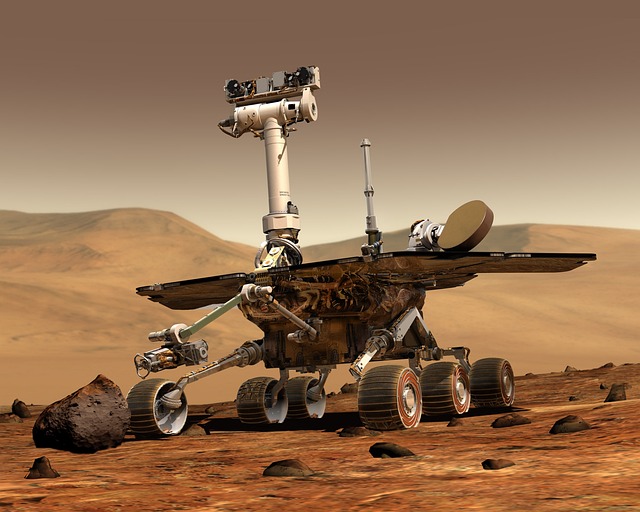The Evolution of Interactive Learning: Embracing Technology in Education
In today’s fast-paced world, the way we approach interactive learning has transformed dramatically. Gone are the days when education meant sitting in a classroom, passively absorbing information from a textbook. Now, cutting-edge technologies like robotics and artificial intelligence are revolutionizing how we engage with learning, making the experience not just educational, but deeply impactful and personalized.
Robotics in Education
Robotics has emerged as a fascinating tool in enhancing interactive learning. From primary schools to universities, robots are being used to make lessons more engaging and hands-on. For instance, students can program robots to complete tasks, providing a practical understanding of coding, mathematics, and problem-solving. This hands-on approach allows learners to experience the principles of physics and engineering in real-time, transforming abstract concepts into tangible experiences.
Moreover, robotics can cater to various learning styles. Visual learners benefit from seeing a robot in action, while kinesthetic learners thrive on the physical interaction of programming and building. By fostering collaboration, students can work in teams to tackle challenges, honing their social skills alongside their technical abilities.
Artificial Intelligence: Personalized Learning Experiences
Artificial intelligence (AI) is another game-changer in the realm of interactive learning. AI-powered platforms can analyze a student’s learning pattern, adapting the curriculum to meet individual needs. This level of personalization was unimaginable in traditional settings, where one-size-fits-all teaching often left many students behind.
Imagine a classroom where AI algorithms provide real-time feedback as students work through problems, adjusting the difficulty level as needed. This creates a customized learning environment where every student can progress at their own pace, encouraging mastery of subjects rather than rote memorization.
Automation in Business Education
As automation becomes integral to various industries, incorporating it into business education is vital. Understanding how automation can streamline operations, improve efficiency, and reduce costs is crucial for future business leaders. Interactive learning methods, such as simulations and case studies, help students see the real-world applications of automation technology.
Moreover, integrating automation in the curriculum prepares students for an ever-evolving job market. They learn to leverage these tools strategically, allowing them to focus on more critical thinking and creative aspects of business rather than administrative tasks. The result is a workforce that is not only competent in their fields but also innovative and adaptable.
Future of Interactive Learning
The fusion of robotics, artificial intelligence, and automation in education signifies a paradigm shift towards a more interactive learning environment. As we continue to explore these advancements, the potential for a more engaged and effective learning experience is limitless. We are witnessing a new era where technology not only complements educational methods but also paves the way for students to thrive in a rapidly changing world.




